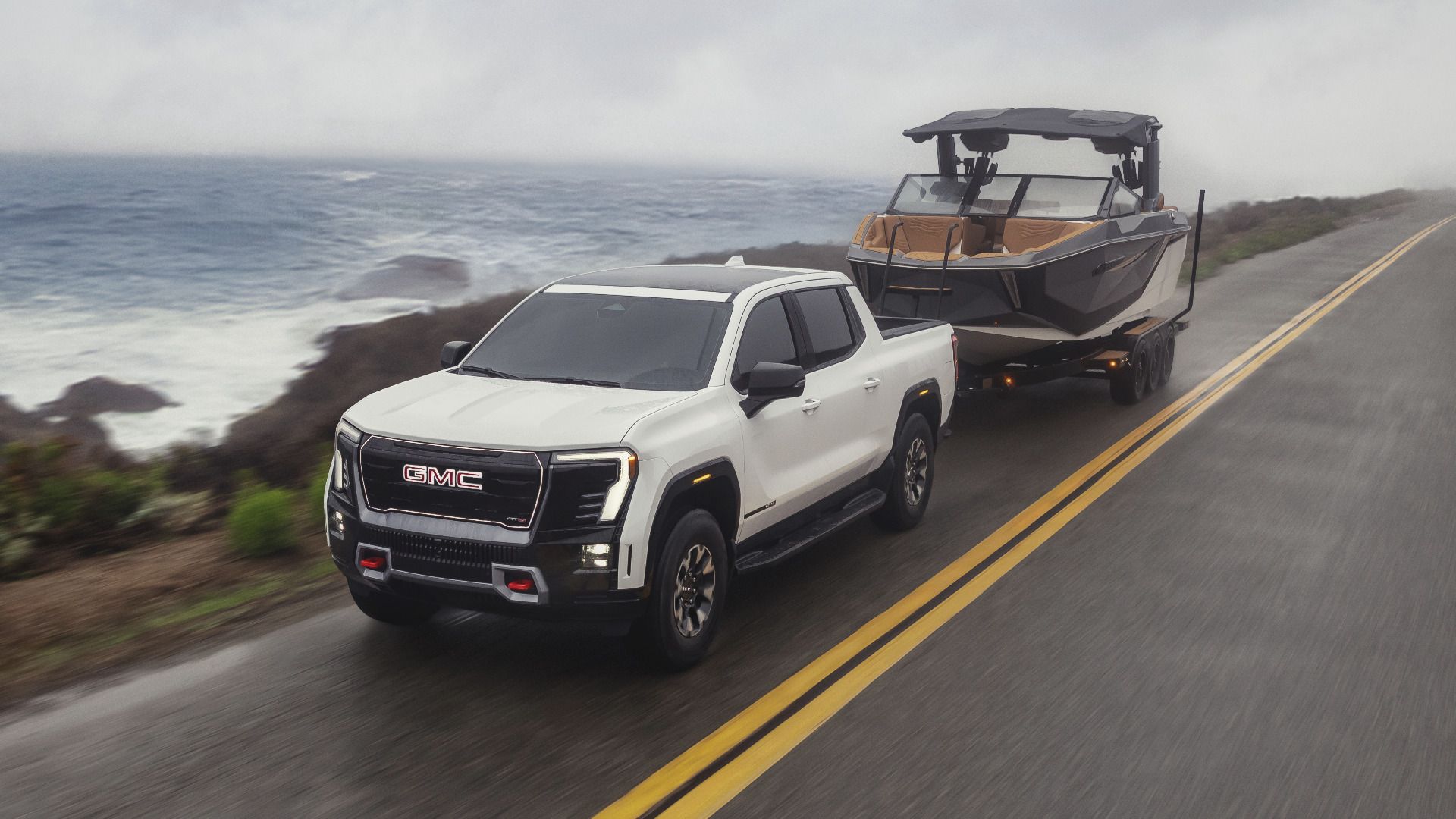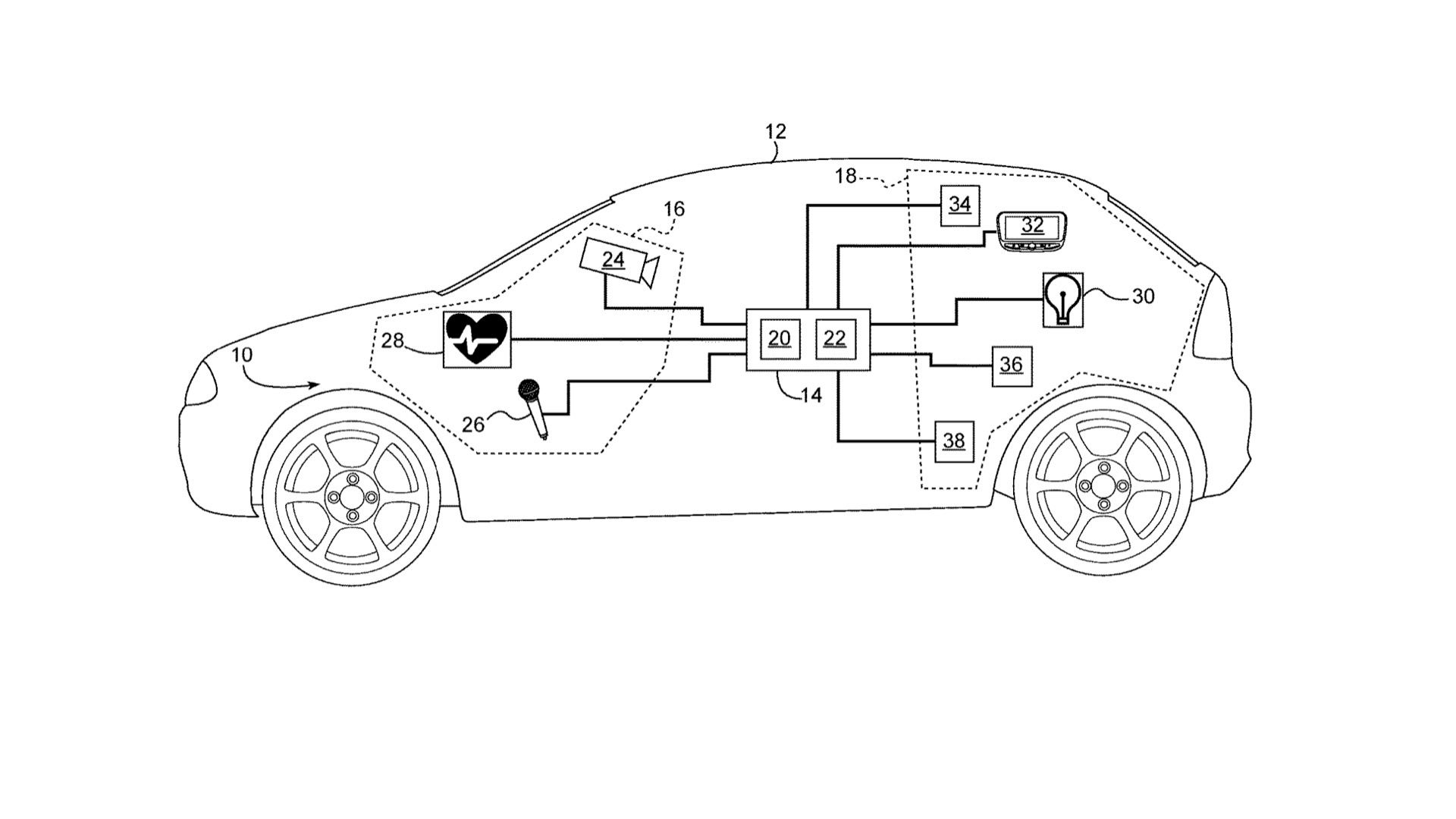General Motors has filed a patent for a system that uses the sensors in a vehicle to suss out the occupant’s emotional state. And then, based on the readings, the car will adjust parameters on systems like lighting and environmental controls. Using the available sensors and machine learning (what we’ve come as a society to call AI), the system would be able to determine if the driver is in a positive or negative state and provide emotional support. Yes, your Chevy Suburban could emotionally support you if you’re sad about getting 15 miles per gallon.

- Fuel Economy
-
15/20/17 mpg (5.3L RWD) | 15/19/16 mpg (6.2L V8 RWD)
The patent suggests using one or more sensors, but a diagram references voice, heart rate, and a video camera. For a negative emotional state, the system would seek to use things like ambient lighting and music to improve your mood.
Taking An Idea Further
Using the interior of a car to influence mood, or even using biometrics, isn’t a new idea. Most notably, we enjoyed Lincoln’s take on using lighting, sound, and smell to do so. But, using machine learning and sensors is the logical next step for automakers. The GM patent does, indeed, mention fragrance and music as well as temperature. It also mentions using a biometric sensor that detects either respiration rate, heart rate, or galvanic skin response, or all three, on top of an image of the occupant’s face.

Related
GM May Have Found A Way For Self-Driving Cars To Predict The Future
The new patent is ingenious, and could make cars safer and smarter than ever.
The patent goes into some detail about how the AI would learn about identifying emotional states and how the information would flow. When it comes to influencing the mood, it talks about using cool colors like blue, purple, violet, and green to inspire calmness. Features like perfume and seat massaging are also mentioned. On top of that, it could change things like the display brightness, music volume, and even select the genre of music.
The system would even be able to provide notifications, including suggesting the driver take a break, presumably if they become angry. Because you know, that’s exactly what a road-raging driver needs … a car telling them to take a break.
The system is designed to work for passengers, too, but this sounds like a tricky one to pull off. On the one hand, passengers may not wish their emotional state to be transmitted. They could be dealing with something they aren’t ready to or don’t want to share, particularly if it’s, say, while giving a colleague a lift to work. We’re talking about machine learning, so the idea of the system being able to identify more nuanced states than positive or negative is a given at this point.

Related
GM May Have Found A Way For Self-Driving Cars To Predict The Future
The new patent is ingenious, and could make cars safer and smarter than ever.
On the other hand, this is something an angry life partner could get more frustrated with. It’s not hard to imagine a couple arguing and the vehicle trying to calm them down or suggesting pulling over, exacerbating the situation. GM’s patent talks about being able to turn the system off and on, but it might be a good idea to introduce it, to start with, as only working with a lone driver. That said, a car suddenly interrupting an argument with Taylor Swift’s You Need To Calm Down could be epic.
The Data Problem
This sounds like an idea that would be appealing to many customers. Often, we choose things like music and temperature based on our moods. That might even be turning the music up and rolling down the windows to enjoy the summer air when in a good mood, or finding a chill-out playlist and cranking the air conditioning when you want to be in a bubble and calm down after a long day at work. Adding things like mood lighting and fragrance without having to make selections is attractive. However, this all requires more and more data collection. And GM isn’t inspiring confidence right now when it comes to recording data and using it.
Source: US Patent And Trademark Office
#Files #Patent #Control #Mood #Driving



